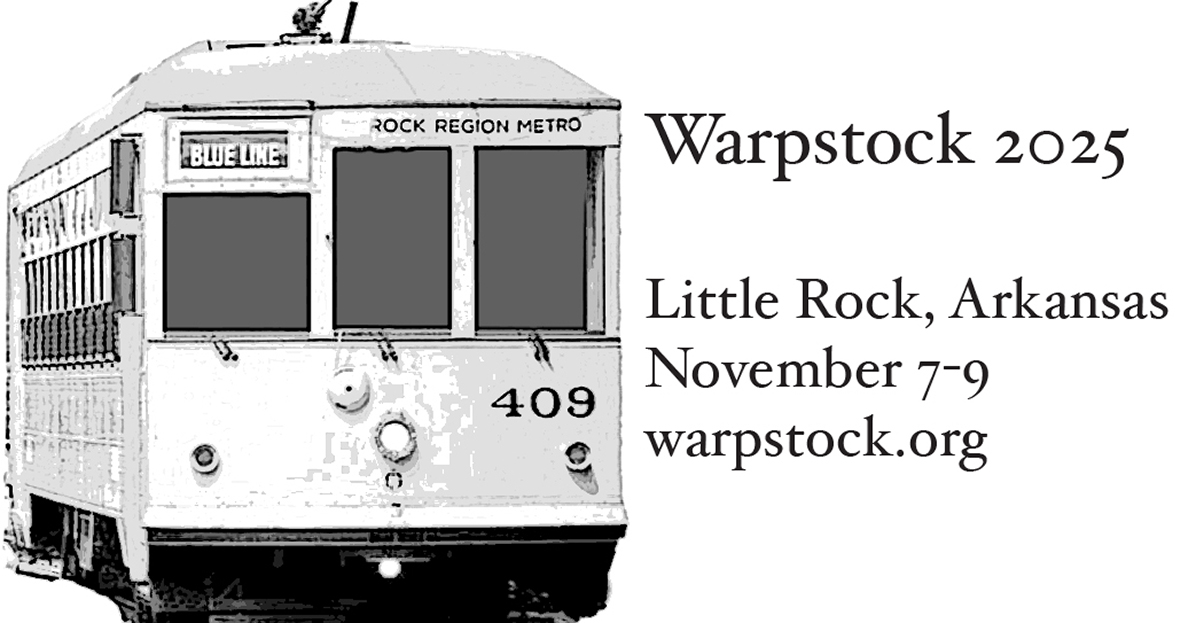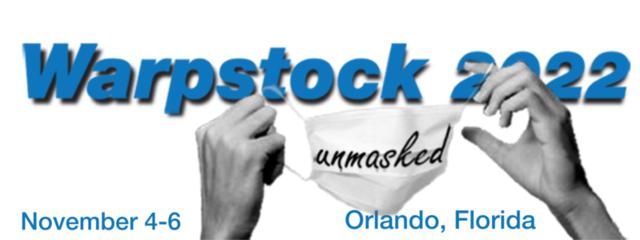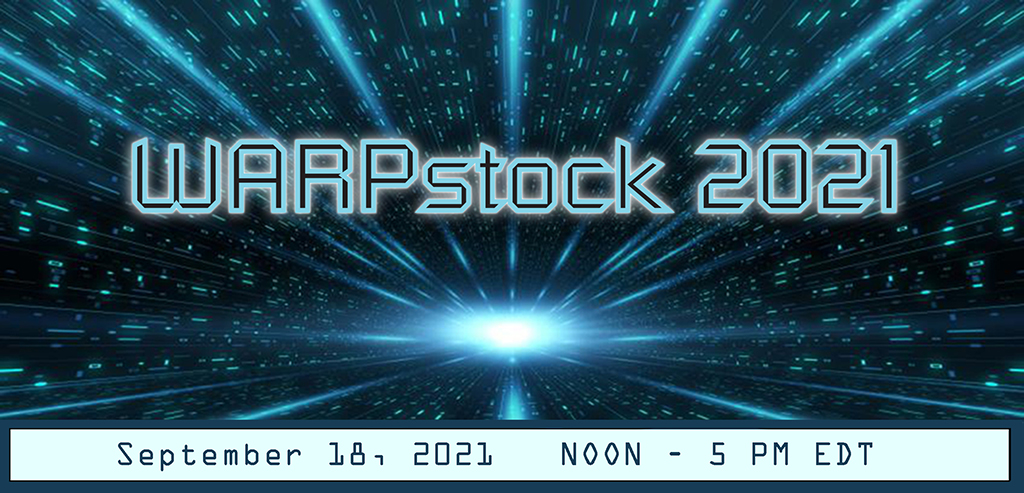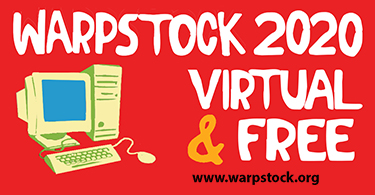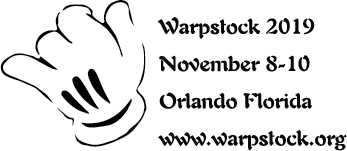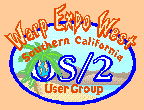SCOUG-Programming Mailing List Archives
Return to [ 23 |
April |
2006 ]
<< Previous Message <<
Content Type: text/plain
Nathan,
I have no doubt on the difficulty of PM programming. That
makes it a strange place to start perhaps. We have a goal of
producing an editor/compiler/interpreter, a single program IDE.
I believe that portion of PM programming we need we can
achieve over the next six months. What anyone needs
beyond that depends on just how far we have progressed in
our project.
I have a DOS program, EasyFlow, which I have used for
producing dataflow diagrams and structure charts. When
Popkin had an OS/2 CASE tool I purchased it. My last upgrade
some years back was on a Windows version as they dropped
their OS/2 support. Personally I use a plastic process template
to do most of my "scratch" work. I only transcribe it to the
the software version for presentation purposes. I do have
VISIO which I have to use with clients.
CASE tools offer drawing assistance with productivity gains
related to that only. When customers would put out $20,000
for a CASE tool it came as a shock to learn that it didn't assist
in analysis and design for a user unfamiliar with one of the
supported analysis and design methodologies.
I have never lost my partiality toward structured design a la
Larry Constantine. I was fortunate enough to attend a class
he taught at a customer site, Hughes Aircraft. I have a long
time friend, John Stager, who for many years taught with
Yourdan Group, which until the disease known as O-O crippled
programming and infected their staff concentrated on
strutured analysis/design.
You have a proof process in structured analysis using
dataflow charts. First off, you have a minimal of symbols,
five. Input, Output, Process, Datastore, and directed line
segments providing the connections. The proof process lay in
saying no data item appeared in output which did not have
clear and continuous path to one or more inputs.
While some fretted over what names to assign to the
processes, in fact in dataflows processes have no importance
other than that of conduit, a supplement to the connecting
line segments. You didn't have to give them a name. You
could just give them a number. The function of analysis lay
strictly on the discrete, but continuous flow of data, thus
dataflow charts.
In going from analysis to design, having assured the "purity"
of the data, Constantine introduced the heuristic of the
"central transform", that point in the path of the data in
which the input first took on the form of the output. From
that point you made a "request" for the input, processed it,
and "sent" the result as output.
The resulting structure charts required only two symbols, a
rectangle for the process, and directed, two-way connecting
line segments forming a hierarchy of functions with one main
central transform. Simpler than flowcharting and certainly far
more so than UML.
In order to avoid a backlog you need to incorporate changes
in software at a rate at least on average to their occurrence.
The complaint about the "waterfall" development process, the
five stages of specification, analysis, design, construction, and
testing, lay in the delays engaged in the sequential process.
What gets lost in this is that this occurs only for third
generation procedural languages like C and PL/I and assembly
language. In third generation languages each of these stages
occurs separately and manually. The delay is not due to their
separate processing, but to the manual nature of the process.
It is not true for fourth generation languages built on the use
of the two-stage proof engine, the completeness proof and
the exhaustive true/false proof. In fourth generation
languages only the first stage, specification, requires manual
effort. The remainder get accomplished in software.
If you take a third-generation language like C or PL/I, relax
the rules, make certain additions, and incorporate the
two-stage proof engine, you can get closer to fourth
generation productivity gains. If in addition to the assignment
statement you add the assertion statement, then you can
upgrade it from third to fourth generation entirely.
Now we will see this (or not) as we progress in this project.
Why an interpreter/compiler? Depends upon whether you
want to optimize programmer throughput (interpreter) or
program throughput (compiler). Having only the choice of one
or the other, as in PL/I, C, Python, Perl, APL, and LISP means
one or the other loses overall. Doesn't it make sense to
optimize development time, i.e. programmer's, and when ready
for production to optimize transaction time? Why would you
need two separate programs to do either when you can do
both with one? Remember that except for code generation
they are functionally equivalent.
=====================================================
To unsubscribe from this list, send an email message
to "steward@scoug.com". In the body of the message,
put the command "unsubscribe scoug-programming".
For problems, contact the list owner at
"postmaster@scoug.com".
=====================================================
<< Previous Message <<
Return to [ 23 |
April |
2006 ]
The Southern California OS/2 User Group
P.O. Box 26904
Santa Ana, CA 92799-6904, USA
Copyright 2001 the Southern California OS/2 User Group. ALL RIGHTS
RESERVED.
SCOUG, Warp Expo West, and Warpfest are trademarks of the Southern California OS/2 User Group.
OS/2, Workplace Shell, and IBM are registered trademarks of International
Business Machines Corporation.
All other trademarks remain the property of their respective owners.
| 
